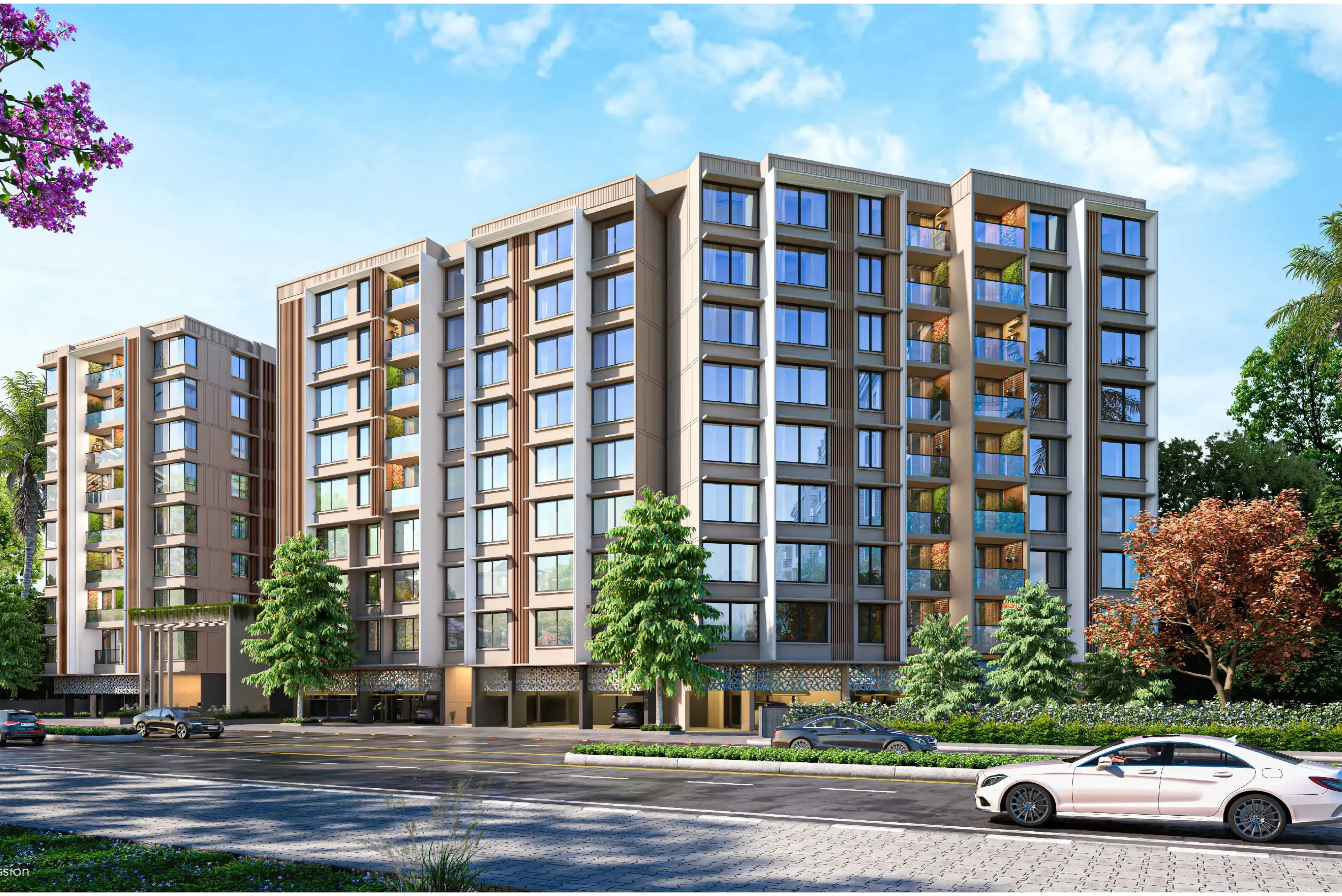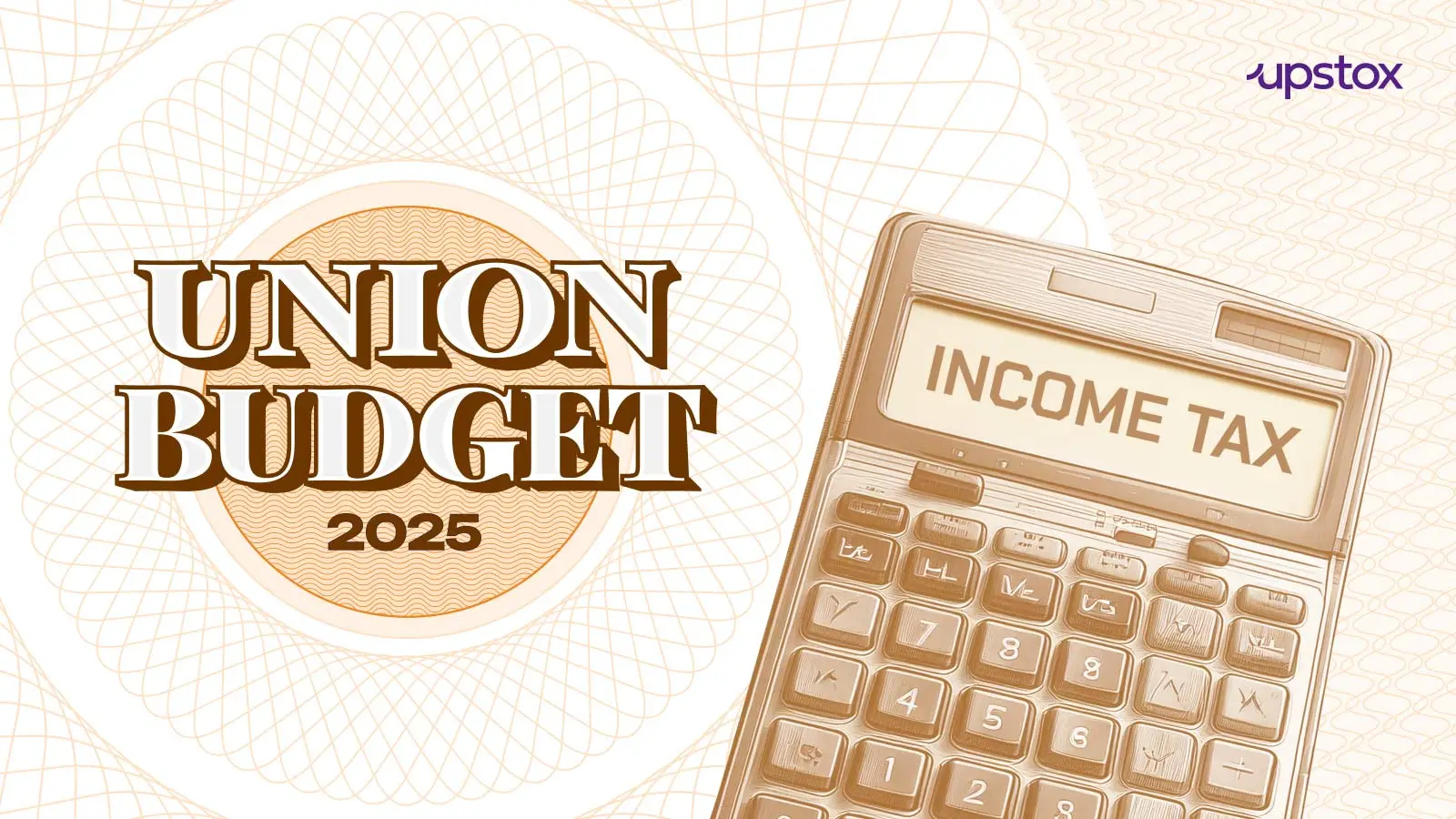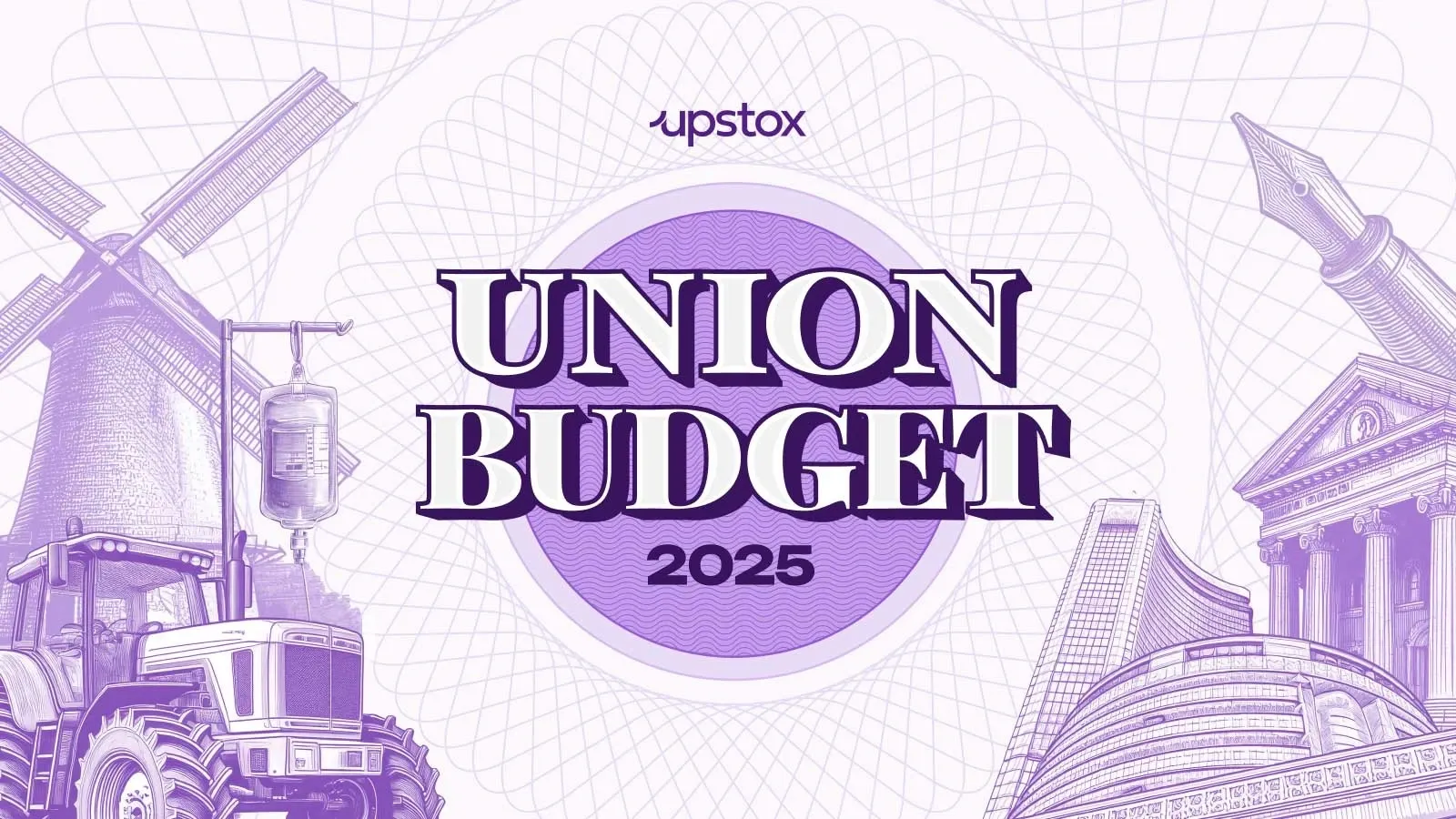Market News
Prestige Estate Projects, Sobha, DLF: Real estate stocks surge 7% ahead of Budget 2025; 5 key demands
.png)
3 min read | Updated on February 01, 2025, 10:14 IST
SUMMARY
Budget 2025: For the real estate sector, key expectations include industry status recognition and a revival of the affordable housing segment. Once a promising sector, affordable housing—homes priced under ₹40 lakh—has struggled post-pandemic, with demand and supply shrinking significantly, note experts.
Stock list

The BSE REALTY index was trading at 7,213.71 levels, up 63.12 points, or 0.88%. Image: Sutterstock
For the real estate sector, key expectations include industry status recognition and a revival of the affordable housing segment. Once a promising sector, affordable housing—homes priced under ₹40 lakh—has struggled post-pandemic, with demand and supply shrinking significantly, note experts.
According to ANAROCK data, the sales share of affordable housing fell to a mere 18% in 2024 from over 38% in 2019. Similarly, its share of the total housing supply in the top seven cities dropped to 16% in 2024 from nearly 40% in 2019.
"This stark decline highlights the urgent need for intervention. Affordable housing requires focused attention and targeted benefits, which have been lacking in the past two years. Tax breaks to boost supply and enable buyers are crucial, but the challenges go deeper. A critical issue remains the lack of urban land, particularly in areas where affordable housing is most needed," said Anuj Puri, Chairman—ANAROCK Group.
To address this, the government could release centrally controlled land—managed by agencies like the Indian Railways, Port Trusts, and the Department of Heavy Industries—for affordable housing projects, Puri added.
Reintroduce the Credit-Linked Subsidy Scheme under PMAY
The scheme for EWS/LIG households, which expired in 2022, should be reinstated to incentivize first-time buyers of affordable homes. It could also extend to loans for new construction or add essential features like rooms, kitchens, or toilets to existing properties. Under PMAY (Rural), subsidies could help convert ‘kaccha’ homes into ‘pucca’ ones, provided eligibility criteria are met.
EWS stands for economically weaker section, and LIG stands for low-income group.
Restore the 100% Tax Holiday for Developers
The tax holiday under Section 80-IBA of the Finance Act, 2016, was a major incentive that boosted the affordable housing supply. Reintroducing this benefit could be transformative, offering substantial tax breaks to developers focused on affordable housing projects.
Revise affordable housing criteria
Current definitions of affordable housing, based on size, price, and buyer income, require urgent revision. While the size criterion (60 sq. m. carpet area) is reasonable, the price cap of ₹45 lakh is unrealistic in high-cost cities like Mumbai. The cap should be raised to at least ₹85 lakh in Mumbai and ₹60-65 lakh in other metro cities to reflect market realities. Such revisions would enable more properties to qualify as affordable housing, granting buyers access to lower GST rates (1% without ITC) and other subsidies.
Related News
About The Author
Next Story



